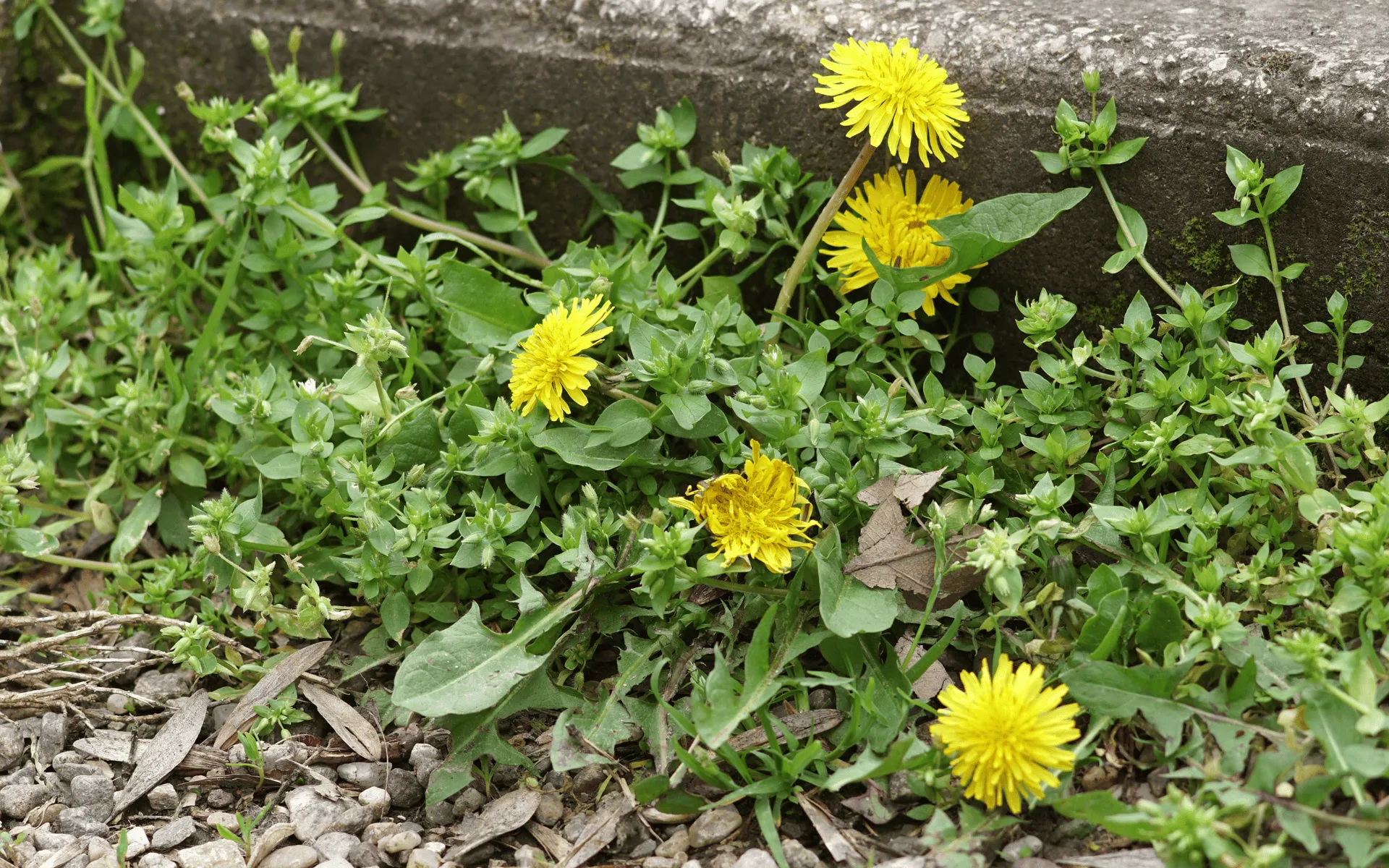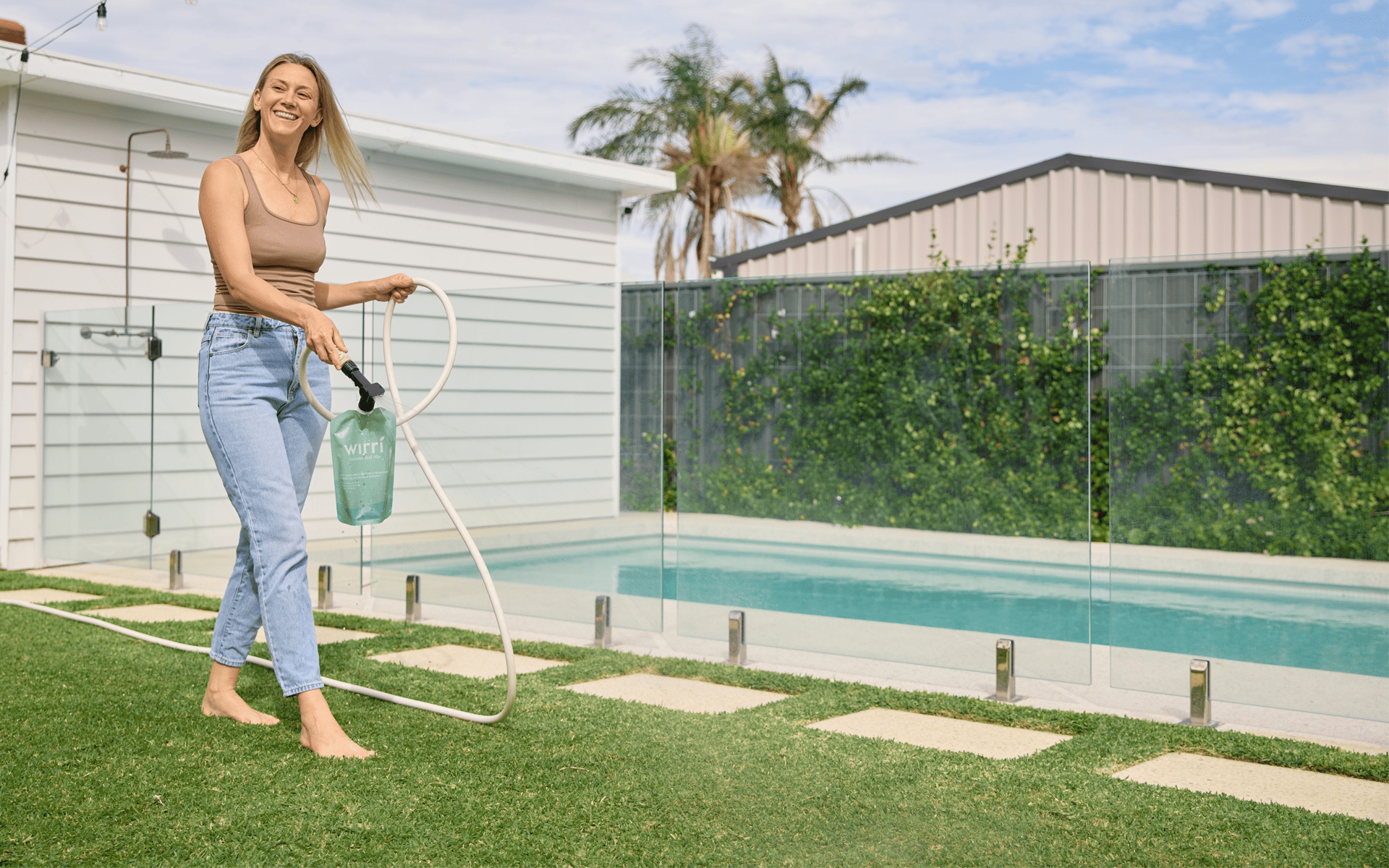A lush, green lawn is an iconic part of Australian outdoor living, but bare patches can disrupt that picture-perfect scene. Below, we’ll explore the common causes and solutions for bare patches, helping you maintain a healthy and vibrant lawn.
1. Soil Compaction and High Foot Traffic
Areas with frequent foot traffic often suffer from compacted soil. This reduces the flow of water, air, and nutrients to grass roots, leading to weakened growth and eventually bare patches. Common culprits include walkways, children’s play zones, and gathering spots in your garden.
How to Fix It
- Aeration: Use a garden fork or mechanical aerator to loosen compacted soil. Aerating improves root access to water and nutrients.
- Pathways: Redirect foot traffic or add stepping stones to protect high-use areas.
2. Pest Infestation
Lawn pests like grubs, armyworms, and beetles are notorious for feeding on grass roots and blades. These infestations often go unnoticed until the damage becomes visible as dead spots or thinning grass.
How to Fix It
- Inspection: Regularly check your lawn for signs of pests, such as brown spots that easily lift away from the soil, revealing root damage.
- Treatment: Apply pest-specific treatments, like eco-friendly solutions, to protect your lawn without harming beneficial organisms.
3. Lawn Diseases
Diseases like brown patch, dollar spot, or rust are common causes of bare spots in lawns. They are often triggered by factors such as excessive moisture, poor drainage, or nutrient imbalances.
How to Fix It
- Drainage: Ensure proper water flow to prevent stagnant moisture.
- Fungicides: Apply a fungicide tailored to the specific disease, following manufacturer guidelines.
- Healthy Practices: Regular mowing and fertilising can help prevent fungal outbreaks.
4. Nutrient Deficiency
Grass requires a balanced supply of nutrients to thrive. Deficiencies in nitrogen, phosphorus, or potassium can cause yellowing, weak growth, and thinning patches in your lawn.
How to Fix It
- Soil Testing: Conduct a soil test to identify deficiencies.
- Fertilise: Use a balanced fertiliser suitable for Australian soil and grass varieties. Apply it evenly to avoid over-fertilisation, which can also damage your lawn.
5. Overwatering or Underwatering
Maintaining the right watering schedule is essential for healthy grass growth. Too little water can cause dehydration, while too much water can suffocate roots and promote fungal growth.
How to Fix It
- Deep Watering: Water deeply but infrequently, allowing soil to dry out slightly between sessions.
- Irrigation Systems: Use a sprinkler system with timers to ensure even watering, especially during Australia’s hot summers.
6. Pet Damage
Pets, particularly dogs, can wreak havoc on your lawn. Urine spots often appear as brown patches due to the high nitrogen content, while repetitive activity in the same areas can compact soil.
How to Fix It
- Training: Designate a specific area in your yard for pets to use.
- Immediate Dilution: Water the affected area immediately after your pet urinates to dilute the nitrogen content.
- Repairing Spots: Reseed or patch damaged areas to encourage regrowth.
7. Poor Mowing Practices
Incorrect mowing techniques, such as cutting grass too short (scalping), can stress your lawn and leave it vulnerable to weeds and erosion.
How to Fix It
- Blade Height: Set your mower blade to the recommended height for your grass type.
- Regular Maintenance: Keep mower blades sharp and mow when the grass is dry to prevent tearing.
8. Seasonal Stress
Extreme weather conditions, including heatwaves and frost, can damage grass. Australian summers are particularly challenging, with scorching temperatures causing grass to dry out and weaken.
How to Fix It
- Grass Selection: Choose grass varieties suited to your local climate, such as drought-resistant species.
- Weather Protection: Apply mulch to retain soil moisture during summer and cover your lawn with a light layer of straw during frosts.
9. Weeds and Invasive Plants
Weeds compete with grass for nutrients, sunlight, and space, often overtaking weaker grass and leaving bare patches behind.
How to Fix It
- Weed Removal: Hand-pull or apply a targeted herbicide to eliminate weeds.
- Lawn Strengthening: Overseed thin areas to crowd out potential weed growth.
10. Inadequate Seeding or Grass Type
Sometimes, the grass type itself may not be suited to the soil, shade, or climate conditions, resulting in uneven growth or patchy areas.
How to Fix It
- Right Grass Type: Choose grass suited to your local environment, such as Kikuyu or Buffalo for warmer regions or Ryegrass for cooler climates.
- Overseeding: Fill in bare spots by overseeding with the appropriate grass variety.
Proactive Maintenance for a Bare-Free Lawn
Prevention is better than cure when it comes to bare patches. Here are some tips to keep your lawn healthy year-round:
- Aerate and fertilise regularly.
- Water appropriately based on the season.
- Monitor for pests and diseases.
- Ensure your mowing practices are lawn-friendly.
With consistent care and attention, you can enjoy a lawn that’s not just lush and green but also resilient to the challenges that come with Australia’s diverse climate.










